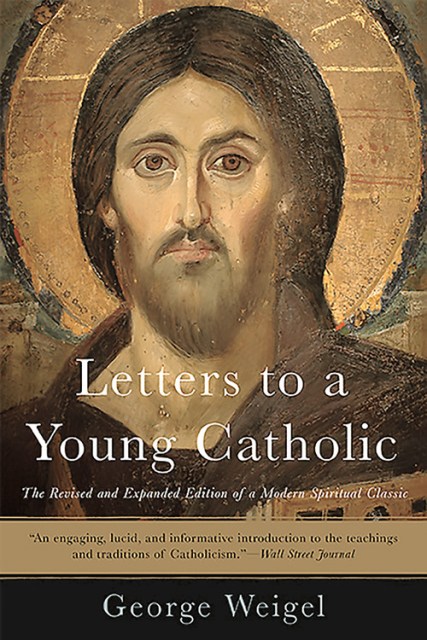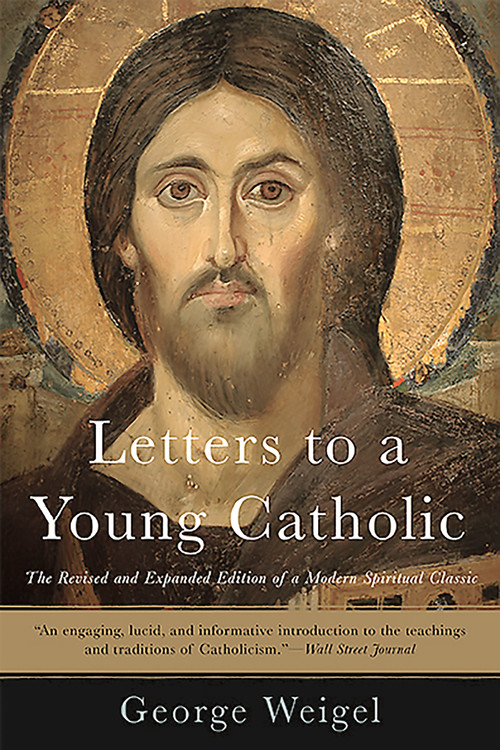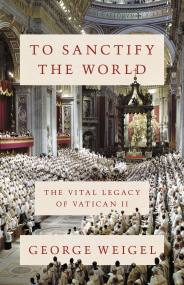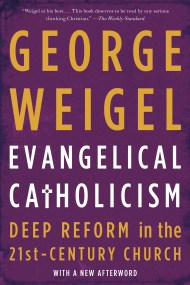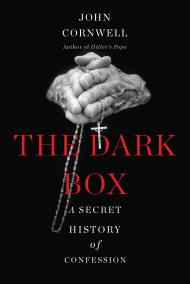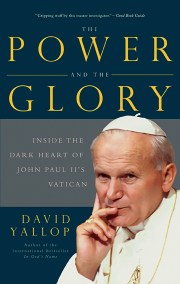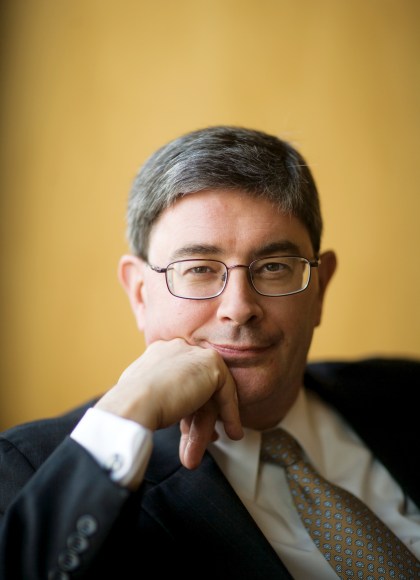Promotion
Use code MOM24 for 20% off site wide + free shipping over $45
Letters to a Young Catholic
Contributors
Formats and Prices
Price
$19.99Price
$24.99 CADFormat
Format:
- Trade Paperback $19.99 $24.99 CAD
- ebook $13.99 $17.99 CAD
- Audiobook Download (Unabridged)
This item is a preorder. Your payment method will be charged immediately, and the product is expected to ship on or around August 11, 2015. This date is subject to change due to shipping delays beyond our control.
Also available from:
“An engaging, lucid, and informative introduction to the teachings and traditions of Catholicism” (Wall Street Journal), from one of America’s most prominent Catholic intellectuals.
In this remarkable exploration of the Catholic world, prominent Catholic author and papal biographer George Weigel offers a luminous collection of letters to young Catholics, not-so-young Catholics, and any curious souls who wonder what it means to be Catholic today.
Weigel takes readers on an epistolary tour of Catholic landmarks—from Chartres Cathedral to St. Mary’s Church in Greenville, South Carolina; from the Holy Sepulcher in Jerusalem to G.K. Chesterton’s favorite pub in Oxford; and from the grave of a modern martyr in Warsaw to the Sistine Chapel. This revised and expanded edition includes five new chapters that examine topics at the heart of the modern faith—ranging from the mystery of evil to the puzzle of secularization—and feature sacred sites from Lithuania to Mexico.
Weaving together insights from history, literature, theology, and music, Weigel illuminates the beliefs that give Catholicism its distinctive texture and explores the theological importance of grace, prayer, vocation, sin and forgiveness, suffering, and—most importantly—love. To a world that sometimes seems closed and claustrophobic, he suggests, Christian humanism offers a world with windows and doors—and a skylight.
Genre:
- On Sale
- Aug 11, 2015
- Page Count
- 368 pages
- Publisher
- Basic Books
- ISBN-13
- 9780465028320
Newsletter Signup
By clicking ‘Sign Up,’ I acknowledge that I have read and agree to Hachette Book Group’s Privacy Policy and Terms of Use
